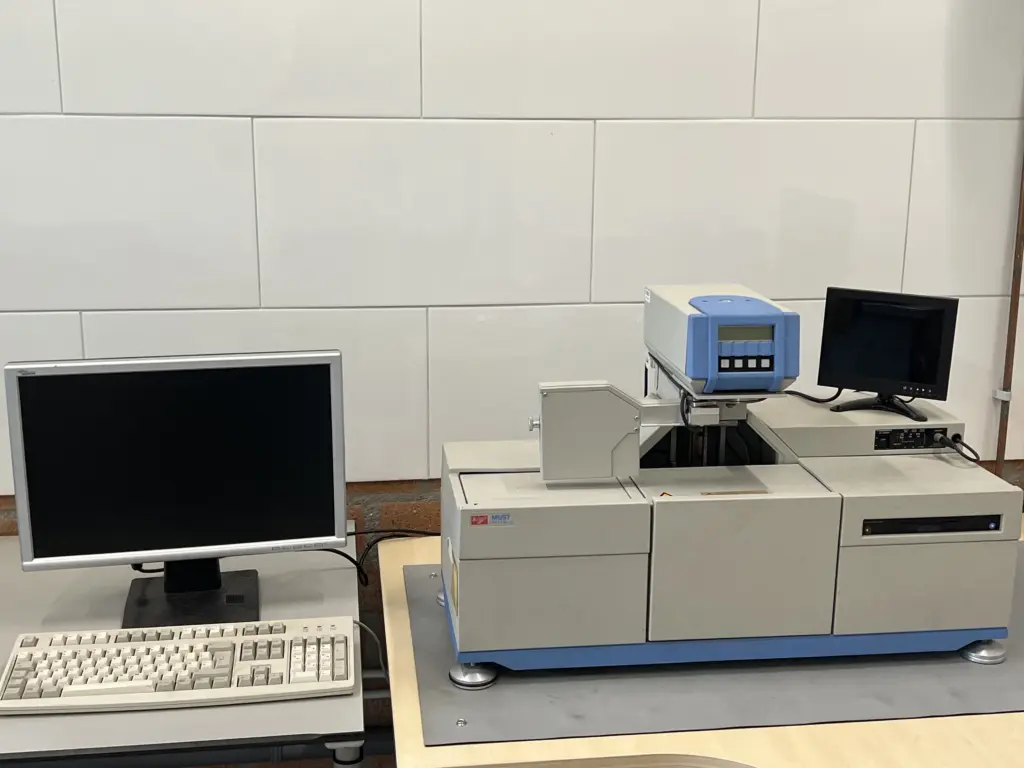Solderability Testing
One of the critical steps in the manufacturing process of electronic components is soldering.
It is vital for the longevity and functionality of electronic equipment. Thus, to ensure that the components are correctly soldered, it is necessary to perform solderability testing.
This test is carried out in compliance with industry standards such as J-STD-002 and J-STD-003.
- J-STD-002: Solderability Tests for Component Leads, Terminations, Lugs, Terminals and Wires
- J-STD-003: Solderability Tests for Printed Boards
These standards outline the acceptable criteria for soldering connections and provide guidance on how to conduct solderability testing accurately. The testing involves examining the solderability of the surface finish or plating of the component to be soldered.
By performing these tests, manufacturers can determine whether the components are appropriately prepared for soldering and ensure that the equipment’s reliability is never compromised. Therefore, it is essential to comply with these standards to guarantee consistent quality in electronic components.

Possible applications:
- Solderability tests on printed circuit boards (SMD pads and plated through holes), components and cable & wires
- Measurement of wetting forces
- Determination of the processability of components during the soldering process
- Documentation of wetting problems
- Determination of deviations in solderability behavior of diverse batches of components/components of different age
- Monitoring of processability by cyclic performance of solderability tests
